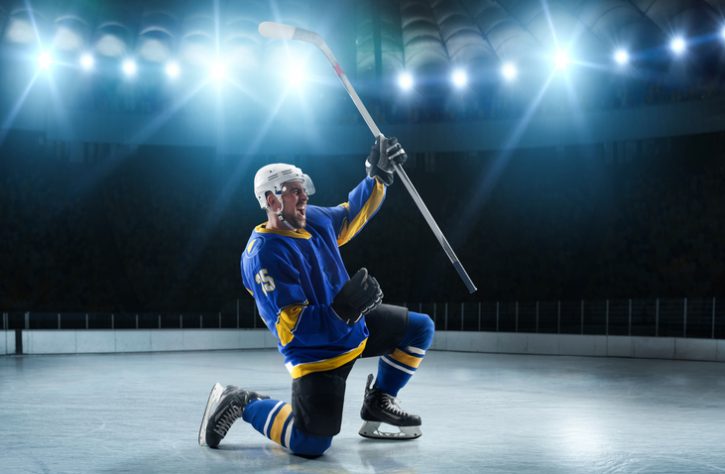There are few things you can do with your time that are more rewarding than playing sports. From the endorphins that rush through your body and cause you to sweat with delight, to the positive impact that being active has on your body, there are a wide variety of reasons that sports can positively impact both your mental and physical health.
One of the best things about sports is that there are so many options for those looking to join a league! Ask yourself these questions:
- Are you an independent spirit who prefers to do things on your own? Then avoiding team sports in favour of tennis, squash, or swimming may be great for you!
- Do you like being outside or derive joy from scenic nature and fresh air? Perhaps hiking, skiing, or trail running are worth looking into!
At Love your Gear, we love cleaning the gear from any and all sports!
We’ve found it simply fascinating to watch the evolution of sports gear take place. Nowadays, athletes are decked out in only the highest-functioning heat-reducing gear perfect for withstanding long hours of movement.
As Canadians, we’re particularly invested in the world of hockey. Since the late 19th century, hockey has been having a huge impact on Canadian culture – and we’re here for it!

We’ve come a long way from the days of hockey games being played with wooden pucks, now haven’t we? Here’s everything you need to know about the history of hockey gear:
The 1800s
While player safety is the top priority of all hockey leagues, from the NHL to the minor atoms leagues of your hometown, this wasn’t always the case.
So how did hockey gear of the past differ from the gear we see today? Firstly, there were no skates. How did they play hockey without skates? Players would attach blades to the bottom of their boots! Utilitarian? Certainly. Safe? Not quite!
In addition, pucks were either made of wood or a rubber ball with the top and bottom cut off.
What about all the defensive gear you see hockey players wearing on the ice nowadays? Well, it was essentially minimal at the time. In fact, shin guards made of strips of leather reinforced with wood or cane were the first invention to be made in the realm of protection.
The 1900s

After many sustained injuries in the hockey world, players began to take matters of personal safety into their own hands, often constructing makeshift gear out of materials such as felt for shoulder pads, leather for kneepads, animal hair to pad their gloves, and bamboo to reinforce their wrists!
While these proactive innovations were a great start, they failed to address a glaring issue in the world of contact sports – head protection. That all changed in 1933 when Toronto Maple Leafs star Ace Bailey’s head hit the ice, causing him to prematurely end his career due to a horrible head injury. Eddie Shore, the player who collided with Bailey, went on to become the first NHL player to consistently sport a helmet.
It was also around this time that players began wearing goalie masks (despite being subjected to accusations of lack of toughness), leather elbow pads outside their jerseys and reinforced fibre thumbs in their gloves. By 1973, all NHL goalies were donning masks on the ice.
Interestingly enough, some players were actually sustaining injuries due to the plastic and fibreglass materials that were striking other players. Around the 1950s, the NHL issued a rule that all elbow and shoulder pads must be made with a soft outer covering to reduce these occurrences. In 1955, an impressive new elbow pad was fashioned made out of sponge rubber that became commonplace in the league.
By 1959, the league realized that the backs of players legs were vulnerable to injury via skate blade, and players began wearing leg protection that wrapped around the back of their legs to ensure maximum coverage.
Finally, in 1979, helmet wearing became mandatory for all players who joined the NHL. Oddly enough, helmet wearing was not mandatory for players who signed their contracts before this time.
Why Love your Gear
As you can see, the evolution of hockey gear and the understanding of personal safety has evolved dramatically over the past century. Thankfully, the public perception that questioned the toughness of players who used gear has faded from the norm, and hockey players young and old can all enjoy a game without having to forgo gear due to the fear of seeming weak.
At Love your Gear, we offer specialized hockey gear cleaning services to ensure your equipment can last for years to come! Call us today to receive a free quote on our gear cleaning services.



